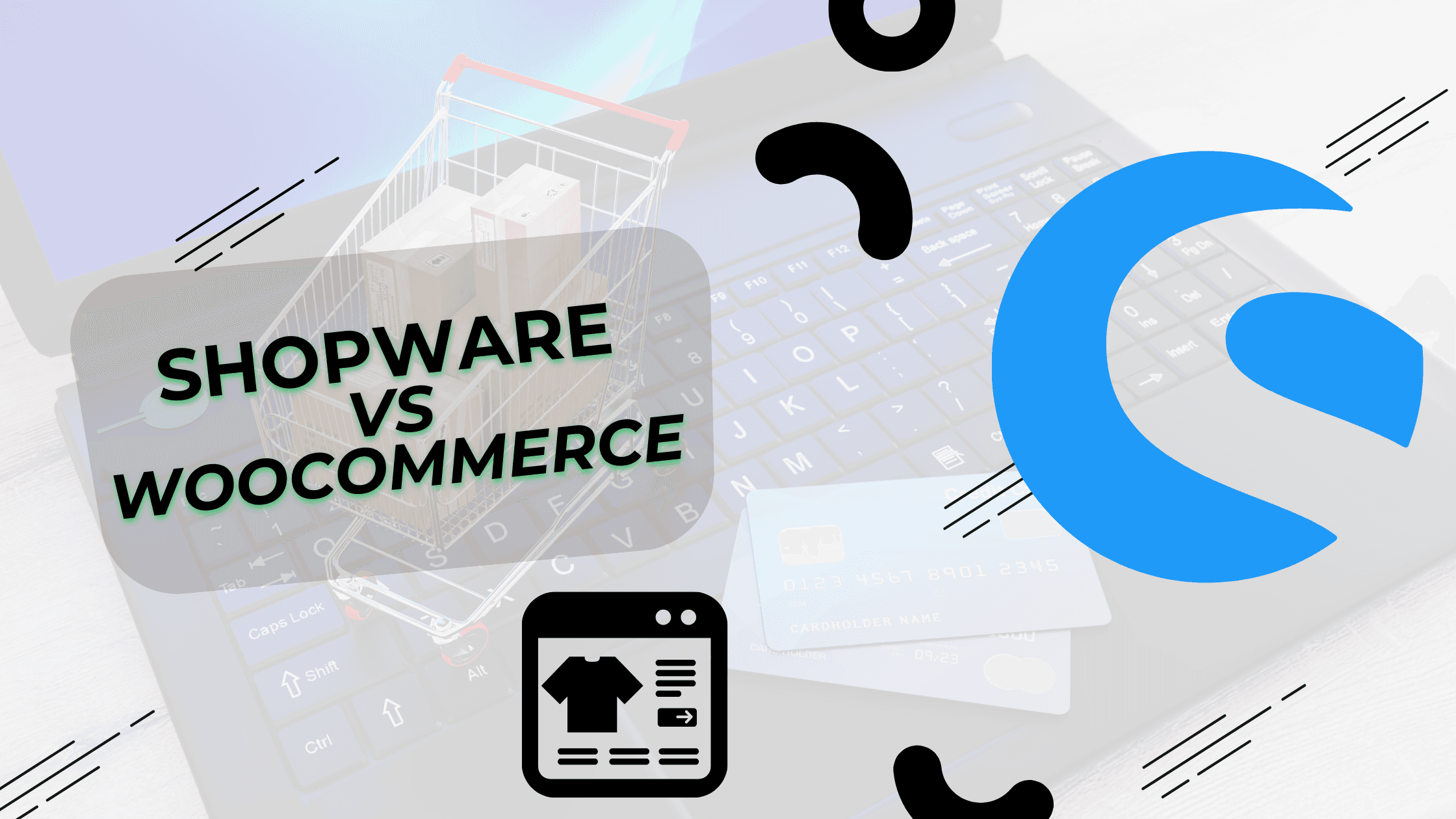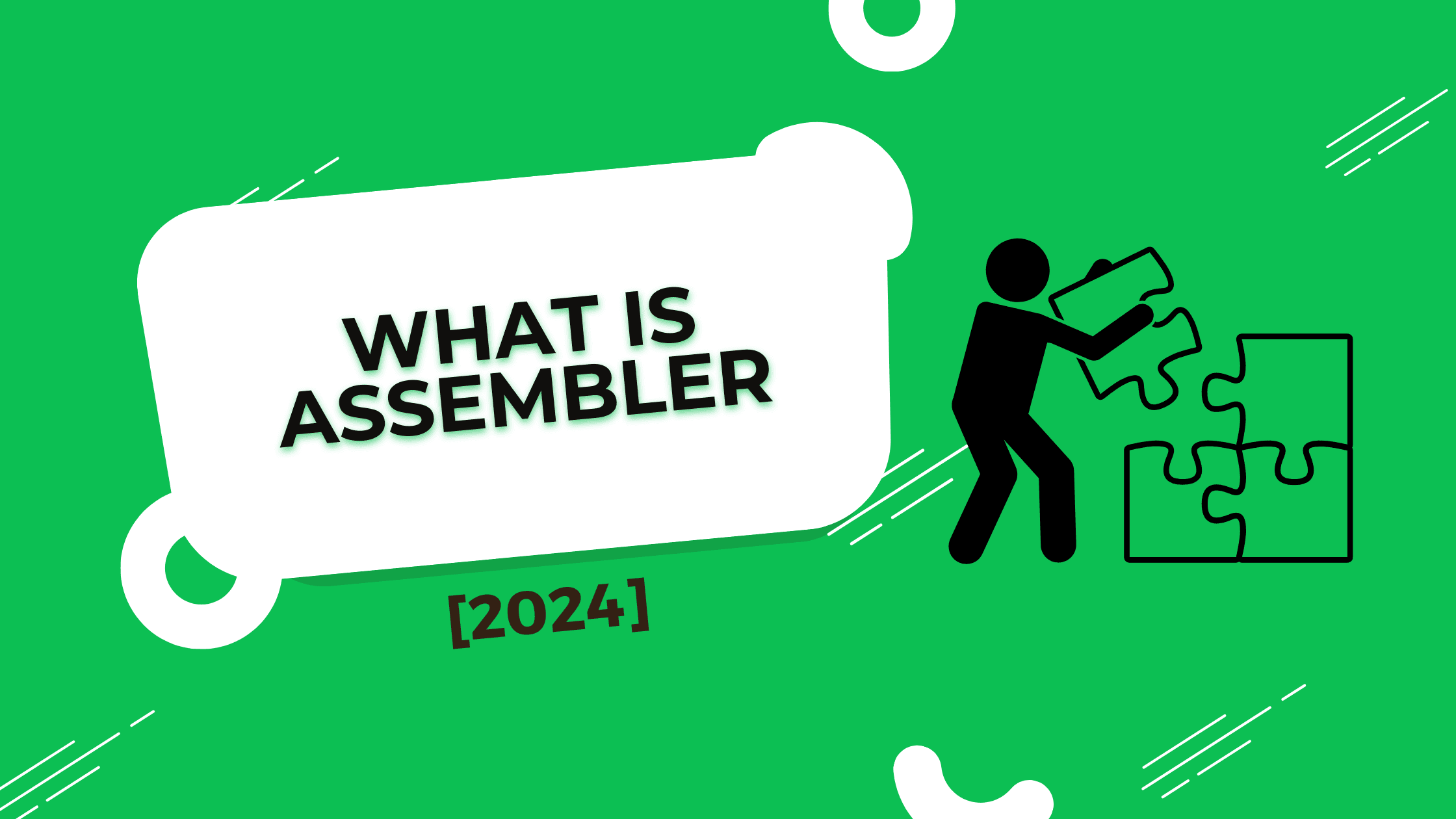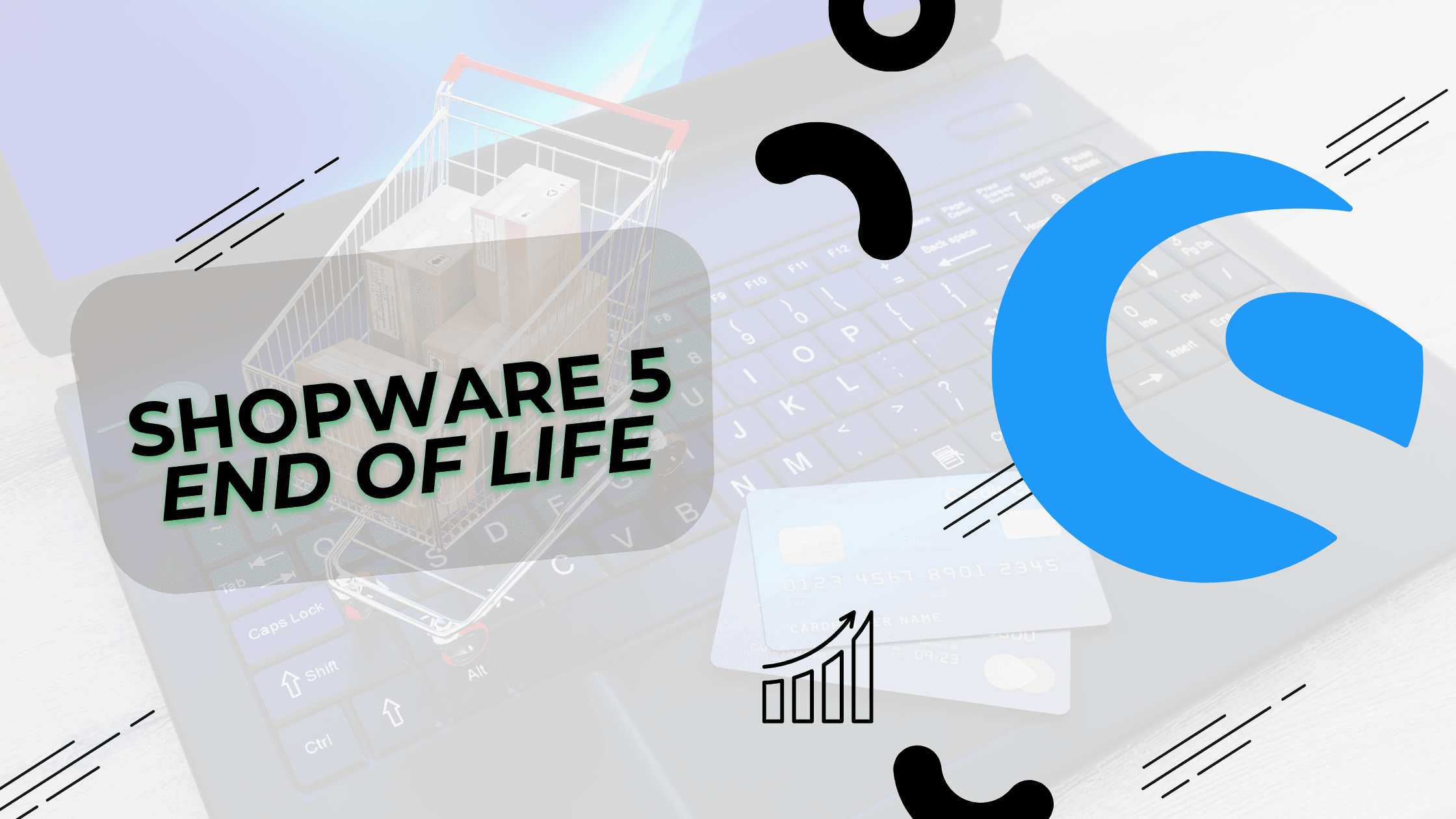Elementy interfejsu użytkownika Essentials 2024: Kompleksowy przewodnik po projektowaniu interfejsów użytkownika
W stale ewoluującym świecie projektowania cyfrowego zrozumienie podstawowych elementów interfejsu użytkownika (UI) ma kluczowe znaczenie dla tworzenia skutecznych i angażujących produktów cyfrowych. W 2024 roku zasady projektowania interfejsu użytkownika nadal ewoluują, dostosowując się do nowych technologii i oczekiwań użytkowników. Ten kompleksowy przewodnik zbada kluczowe elementy interfejsu użytkownika, które każdy projektant powinien znać, pomagając w tworzeniu intuicyjnych i atrakcyjnych wizualnie interfejsów.
Wprowadzenie do projektowania interfejsu użytkownika
Projektowanie interfejsu użytkownika to proces tworzenia interfejsów w oprogramowaniu lub urządzeniach komputerowych, koncentrujący się na wyglądzie lub stylu. Projektanci UI dążą do stworzenia interfejsów, które użytkownicy uznają za łatwe w użyciu i przyjemne. Dobrze zaprojektowany interfejs użytkownika może znacznie poprawić wrażenia użytkownika (UX) produktu cyfrowego. Aby uzyskać podstawowe zrozumienie podstaw projektowania interfejsu użytkownika, Nielsen Norman Group zapewnia doskonały przegląd.
Dla tych, którzy chcą zagłębić się w świat tworzenia oprogramowania, w tym projektowania interfejsu użytkownika, sprawdź naszą ofertę usługi tworzenia oprogramowania na zamówienie.
Rodzaje elementów interfejsu użytkownika
Elementy interfejsu użytkownika to elementy składowe każdego interfejsu. Można je ogólnie podzielić na kilka typów:
1. Elementy sterujące wejściem
Kontrolki wejściowe to elementy interfejsu użytkownika, które umożliwiają użytkownikom wprowadzanie informacji lub dokonywanie wyborów. Typowe elementy interfejsu użytkownika obejmują:
- Pola tekstowe
- Menu rozwijane
- Pola wyboru
- Przyciski radiowe
- Selektory dat
Elementy te pomagają użytkownikom w interakcji z systemem, dostarczając niezbędnych informacji lub dokonując wyborów.
2. Elementy nawigacyjne
Nawigacyjne elementy interfejsu użytkownika mają kluczowe znaczenie dla prowadzenia użytkowników przez aplikację lub stronę internetową. Obejmują one:
- Menu nawigacji
- Pola wyszukiwania
- Bułka tarta
- Suwaki
- Tagi
- Ikony
Skuteczna nawigacja jest kluczem do dobrego doświadczenia użytkownika, pozwalając użytkownikom szybko i łatwo znaleźć to, czego potrzebują.
3. Elementy informacyjne
Elementy informacyjne interfejsu użytkownika dostarczają użytkownikom ważnych informacji na temat ich interakcji lub stanu systemu. Obejmują one:
- Podpowiedzi
- Ikony
- Paski postępu
- Powiadomienia
- Skrzynki wiadomości
- Okna modalne
Elementy te pomagają informować użytkowników i mogą znacznie poprawić ogólną użyteczność interfejsu.
4. Pojemniki
Kontenery to elementy interfejsu użytkownika, które przechowują razem powiązane treści. Przykłady obejmują:
- Akordeony
- Zakładki
- Listy
- Stoły
Kontenery pomagają organizować informacje w logiczny i łatwo przyswajalny sposób.
Podstawowe elementy interfejsu użytkownika, które powinien znać każdy projektant
Przyjrzyjmy się bliżej niektórym z najważniejszych elementów interfejsu użytkownika, które każdy projektant powinien znać:
1. Przyciski
Przyciski są jednym z najbardziej podstawowych elementów interfejsu użytkownika. Pozwalają użytkownikom podejmować działania i dokonywać wyborów. Skuteczne projektowanie przycisków uwzględnia:
- Przejrzyste etykietowanie
- Odpowiedni rozmiar
- Wizualna informacja zwrotna na temat interakcji
- Spójny styl w całym interfejsie
2. Formy
Formularze są niezbędne do gromadzenia danych wprowadzanych przez użytkowników. Kluczowe kwestie w projektowaniu formularzy obejmują:
- Logiczne grupowanie pól
- Przezroczyste etykiety
- Walidacja i komunikaty o błędach
- Responsywny projekt dla różnych rozmiarów ekranu
3. Typografia
Choć często pomijana, typografia jest kluczowym elementem interfejsu użytkownika. Obejmuje ona:
- Wybór czcionki
- Rozmiar i hierarchia tekstu
- Odstępy między wierszami
- Kontrast kolorów
Dobra typografia zwiększa czytelność i może znacząco wpłynąć na ogólne wrażenia użytkownika. Aby uzyskać szczegółowe spojrzenie na typografię w projektowaniu interfejsu użytkownika, zapoznaj się z tym artykułem od UX Booth na temat typografii w projektowaniu interfejsu użytkownika.
4. Paleta kolorów
Dobrze przemyślana paleta kolorów jest niezbędna w projektowaniu interfejsu użytkownika. Powinna ona uwzględniać:
- Tożsamość marki
- Psychologia kolorów
- Dostępność (współczynniki kontrastu)
- Spójność interfejsu
Wyczerpujący przewodnik po teorii kolorów w projektowaniu interfejsu użytkownika można znaleźć na stronie Interaction Design Foundation oferuje doskonałe zasoby.
5. Ikony
Ikony to potężne elementy interfejsu użytkownika, które mogą szybko przekazywać znaczenie i oszczędzać miejsce. Efektywny projekt ikon uwzględnia:
- Przejrzystość i rozpoznawalność
- Spójność z ogólnym stylem projektowania
- Odpowiedni rozmiar
- Użycie koloru
6. Menu nawigacji
Menu nawigacyjne mają kluczowe znaczenie dla ułatwienia użytkownikom poruszania się po aplikacji lub stronie internetowej. Kluczowe kwestie obejmują:
- Przejrzyste etykietowanie
- Struktura logiczna
- Responsywny projekt dla różnych urządzeń
- Wizualne sprzężenie zwrotne dla bieżącej lokalizacji
7. Karty
Karty stały się popularnym elementem interfejsu użytkownika, szczególnie w aplikacjach bogatych w treści. Pomagają one w:
- Organizowanie informacji
- Zapewnienie spójnego układu
- Poprawa możliwości skanowania treści
8. Modały
Modały to okna dialogowe, które pojawiają się nad główną treścią. Są przydatne do:
- Skupianie uwagi użytkownika
- Zbieranie konkretnych danych wejściowych
- Potwierdzanie działań
Należy ich jednak używać z rozwagą, aby nie zakłócać doświadczenia użytkownika.
Zasady projektowania interfejsu użytkownika na rok 2024
Patrząc w kierunku 2024 roku, kilka kluczowych zasad kształtuje projektowanie interfejsu użytkownika:
1. Prostota i przejrzystość
Wraz z rosnącą złożonością produktów cyfrowych, prostota w projektowaniu interfejsu użytkownika jest ważniejsza niż kiedykolwiek. Obejmuje to:
- Używanie jasnego, zwięzłego języka
- Czysty, uporządkowany układ graficzny
- Priorytetyzacja najważniejszych funkcji i treści
2. Dostępność
Projektowanie pod kątem dostępności to nie tylko dobra praktyka; coraz częściej staje się to wymogiem prawnym. Obejmuje to:
- Zapewnienie wystarczającego kontrastu kolorów
- Zapewnienie alternatywnego tekstu dla obrazów
- Udostępnianie interfejsów do nawigacji za pomocą klawiatury
Więcej informacji na temat zasad dostępności można znaleźć na stronie Inicjatywa dostępności sieci (WAI).
3. Spójność
Spójność interfejsu pomaga użytkownikom uczyć się i nawigować bardziej efektywnie. Dotyczy to:
- Elementy wizualne (kolory, czcionki, ikony)
- Wzorce interakcji
- Język i ton
4. Informacje zwrotne i szybkość reakcji
Zapewnienie jasnej informacji zwrotnej na temat działań użytkownika zwiększa poczucie kontroli i zmniejsza niepewność. Można to osiągnąć poprzez:
- Wizualne informacje zwrotne dotyczące kliknięć przycisków
- Wskaźniki postępu dla dłuższych procesów
- Wyczyść komunikaty o błędach i powodzeniu
5. Personalizacja
Wraz z rozwojem sztucznej inteligencji i uczenia maszynowego, spersonalizowane interfejsy użytkownika stają się coraz bardziej powszechne. Może to obejmować:
- Spersonalizowane rekomendacje treści
- Adaptacyjne interfejsy oparte na zachowaniu użytkownika
- Spersonalizowane motywy wizualne
Proces projektowania interfejsu użytkownika
Tworzenie skutecznych projektów interfejsu użytkownika wymaga ustrukturyzowanego procesu:
- Badania i analizy: Zrozumienie potrzeb użytkowników, celów biznesowych i ograniczeń technicznych.
- Wireframing: Tworzenie układów o niskiej wierności w celu ustalenia podstawowej struktury.
- Prototypowanie: Opracowanie interaktywnych prototypów w celu przetestowania przepływu użytkowników i interakcji.
- Projekt wizualny: Zastosowanie stylu wizualnego, w tym kolorów, typografii i obrazów.
- Testowanie: Przeprowadzanie testów z użytkownikami w celu weryfikacji decyzji projektowych.
- Iteracja: Dopracowanie projektu w oparciu o informacje zwrotne i wyniki testów.
Aby dowiedzieć się, jak firmy programistyczne podchodzą do projektowania i rozwoju interfejsu użytkownika, zapoznaj się z naszym artykułem na temat Czym jest software house.
Narzędzia do projektowania interfejsu użytkownika na rok 2024
Wkraczając w rok 2024, kilka narzędzi okazuje się nieocenionych dla projektantów interfejsu użytkownika:
- Figma: Współpracujące narzędzie projektowe do tworzenia makiet i prototypów interfejsu użytkownika.
- Adobe XD: Wszechstronne narzędzie do projektowania i prototypowania UI/UX.
- Szkic: Popularne narzędzie do projektowania z szeroką gamą wtyczek.
- InVision: Platforma do prototypowania i współpracy.
- Framer: Narzędzie do tworzenia interaktywnych projektów i prototypów.
Aby uzyskać kompleksowe badanie narzędzi projektowych używanych przez profesjonalistów, zapoznaj się z ankietą UX Tools Design Tools Survey 2023.
Przecięcie projektowania UI i UX
Chociaż niniejszy przewodnik koncentruje się na elementach interfejsu użytkownika, ważne jest, aby zwrócić uwagę na ścisły związek między projektowaniem interfejsu użytkownika a projektowaniem UX. Projekt interfejsu użytkownika jest kluczowym elementem ogólnego doświadczenia użytkownika. Pięknie zaprojektowany interfejs, który jest trudny w użyciu, spowoduje słabe wrażenia użytkownika. I odwrotnie, wysoce użyteczny interfejs, który jest wizualnie nieatrakcyjny, może nie angażować użytkowników.
Skuteczne projektowanie produktów cyfrowych wymaga równowagi między względami UI i UX. Projektanci UI muszą ściśle współpracować z projektantami UX, aby zapewnić, że projekt wizualny wspiera i poprawia ogólne wrażenia użytkownika.
Przyszłe trendy w projektowaniu interfejsów użytkownika
Patrząc w przyszłość projektowania interfejsu użytkownika, pojawia się kilka trendów:
- Głosowe interfejsy użytkownika (VUI): W miarę jak urządzenia aktywowane głosem stają się coraz bardziej powszechne, projektowanie pod kątem interakcji głosowych staje się coraz ważniejsze. Google zapewnia Doskonałe zasoby dotyczące projektowania konwersacji dla interfejsów głosowych.
- Interfejsy rzeczywistości rozszerzonej (AR): AR otwiera nowe możliwości łączenia cyfrowych interfejsów ze światem fizycznym. Apple Wytyczne dotyczące projektowania rzeczywistości rozszerzonej oferują cenny wgląd w tę rozwijającą się dziedzinę.
- Mikrointerakcje: Małe, subtelne animacje, które zapewniają informacje zwrotne i poprawiają wrażenie interfejsu, stają się coraz bardziej wyrafinowane. Dowiedz się więcej o znaczeniu mikrointerakcji w ten artykuł z UX Planet.
- Tryb ciemny: Oferowanie opcji trybu ciemnego staje się standardową praktyką, wymagającą od projektantów rozważenia, jak ich elementy interfejsu użytkownika wyglądają zarówno w jasnym, jak i ciemnym kontekście.
- Neumorfizm: Ten trend projektowy, który tworzy miękkie, realistycznie wyglądające elementy interfejsu użytkownika, zyskuje na popularności ze względu na swój wyjątkowy wygląd.
Więcej informacji na temat aktualnych trendów w projektowaniu interfejsu użytkownika, Sekcja trendów UI na Dribbble to doskonałe źródło inspiracji wizualnej.
Wnioski
Zrozumienie i skuteczne wdrażanie elementów interfejsu użytkownika ma kluczowe znaczenie dla tworzenia produktów cyfrowych, które są zarówno atrakcyjne wizualnie, jak i wysoce użyteczne. W 2024 roku zasady dobrego projektowania interfejsu użytkownika pozostają zakorzenione w zrozumieniu potrzeb użytkowników i tworzeniu intuicyjnych, wydajnych interfejsów.
Jednak konkretna implementacja tych zasad stale ewoluuje wraz z nowymi technologiami i zmieniającymi się oczekiwaniami użytkowników. Bycie na bieżąco z najnowszymi trendami w projektowaniu interfejsu użytkownika i ciągłe doskonalenie umiejętności tworzenia i używania elementów interfejsu użytkownika będzie kluczem do sukcesu w dziedzinie projektowania interfejsu użytkownika.
Pamiętaj, że świetny projekt interfejsu użytkownika to coś więcej niż tylko dobry wygląd - chodzi o tworzenie interfejsów, które poprawiają ogólne wrażenia użytkownika, czyniąc produkty cyfrowe bardziej dostępnymi, przyjemnymi i wydajnymi w użyciu. Opanowując podstawowe elementy interfejsu użytkownika i zasady przedstawione w tym przewodniku, będziesz dobrze przygotowany do tworzenia atrakcyjnych, przyjaznych dla użytkownika interfejsów, które wyróżniają się w stale ewoluującym cyfrowym krajobrazie 2024 roku i później.












